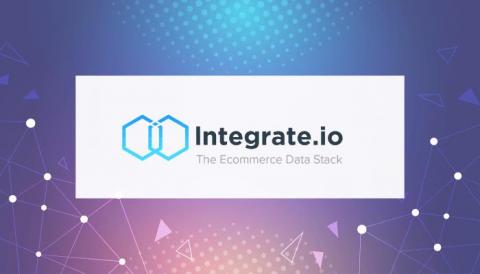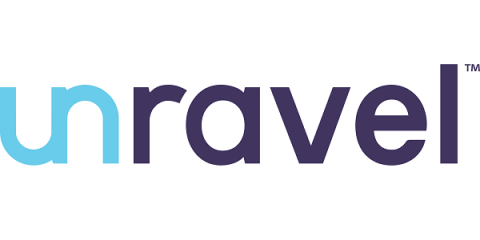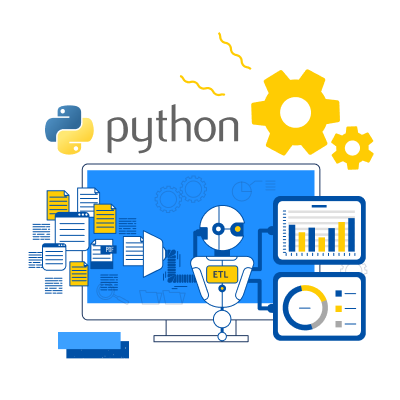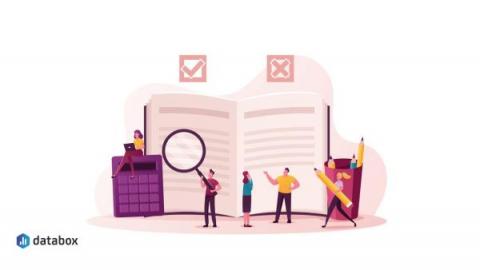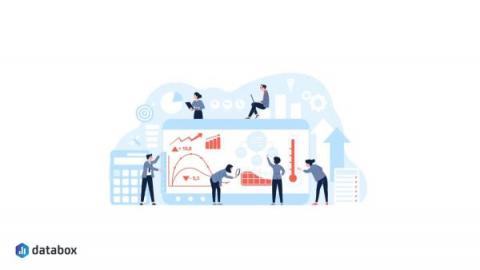Snowflake's Phil Kippen Weighs In on Launch of the Telecom Data Cloud
Today Snowflake is officially launching the Telecom Data Cloud. Snowflake’s newest Data Cloud helps telecommunications service providers break down data silos within the business and across the ecosystem, allowing organizations to easily and securely access data in near real time, enrich it with machine learning models, and then share and analyze it to drive better decision-making.


